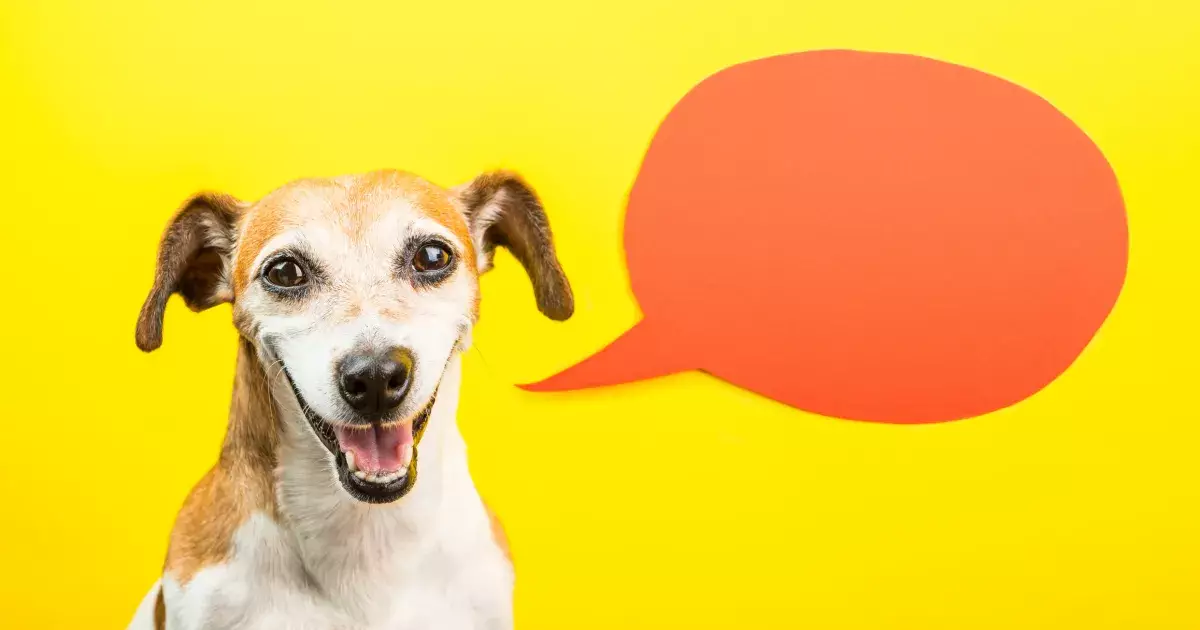In an era where technology transcends traditional boundaries, even our beloved pets are not left out. Dog talking buttons have emerged as an innovative way for pet owners to enhance communication with their furry companions. Whether you’re new to dog buttons or already have a set at home, this article aims to provide you with foundational tips for successful training. Let’s explore how these tools can transform the way you and your dog interact while ensuring a positive and engaging learning experience.
Dog buttons are designed to allow pets to articulate their needs and desires. Relying on pre-recorded audio prompts for commands like “play,” “treat,” and “outside,” these buttons have unleashed a new form of pet communication. The popularity of dog buttons surged thanks in part to viral social media posts showcasing the extraordinary abilities of animals communicating through them. Most notably, a TikTok video featured a pig named Merlin who adeptly used these buttons to express his cravings—pointing to the potential these devices hold beyond just canine use.
For many dog owners, the transition from the usual training commands—sit, stay, come—to enabling their pets to express their specific needs feels revolutionary. It’s not just about teaching commands; it’s about creating a two-way channel of understanding. Dog buttons empower your pet to vocalize their preferences, whether for outdoor activities, a belly rub, or even a meal. Thus, the journey of teaching these buttons begins, and so does a unique bonding experience between pet and owner.
Starting the training process with dog buttons can seem daunting, but embracing simplicity is key. Begin by introducing one button at a time and associating it with a specific command or request. For example, when your dog approaches you for a walk, encourage them to press the “walk” button while verbalizing the command. Through this method, dogs begin associating the sound with their desire, facilitating clearer communication.
Repetition is fundamental in this training paradigm. It’s essential to consistently reward your dog for successful button presses with treats, praise, or playtime. Dogs thrive on positive reinforcement, and understanding that pressing the button results in rewarding experiences will encourage them to continue practicing. The goal is to create a routine, reinforcing their behavior until they can express their needs independently.
Setting the stage for effective communication involves strategically placing buttons in locations that correlate with their respective commands. If your dog loves treats, consider placing the “treat” button near the treat cabinet. This concept of proximity helps build connections between pressing the button and receiving a reward. Similarly, position the “outside” button next to the door, creating a natural learning association.
Additionally, modeling the behavior is critical. You may feel a bit theatrical demonstrating the action, but it strengthens the learning process. By pressing the button yourself while vocalizing the command, you provide a clear example for your dog to mimic. Once they begin to follow your lead, it establishes a collaborative communication style that can evolve into richer exchanges over time.
Shaping is an effective training strategy that breaks down larger commands into smaller, manageable steps. This method allows your dog to gradually work towards mastering the entire process of button use. By reinforcing small successes, such as nose boops or unintentional button presses, you guide them closer to achieving the desired behavior of purposeful button activation.
For instance, if you’re encouraging your dog to use the “outside” button, start by rewarding any engagement with the button, no matter how accidental. As they become more intentional, reward them for purposeful presses, followed immediately by opening the door. Gradually, your dog will learn that pressing the button leads to the fulfilling activity of going outside.
Training should be a joyous experience for both you and your dog. If your sessions become tedious or frustrating, consider taking a break. Recognize that each dog learns at their own pace; some may be quicker to grasp the concepts than others. Keep the learning light-hearted and fun for continued engagement.
Find ways to make each session enjoyable, using upbeat tones, playful interactions, and celebratory rewards. Remember, your enthusiasm will often reflect in your dog’s eagerness to learn. Celebrate each milestone, no matter how small, and turn the process into a game rather than a chore.
Teaching your dog to use talking buttons is a gratifying endeavor that fosters more profound communication and understanding between you and your furry friend. With patience, consistency, and a focus on a positive experience, you’ll be amazed at how quickly your pup can express their thoughts and desires—truly making your lives together more enriching. So grab those buttons, start connecting, and enjoy the journey ahead!

